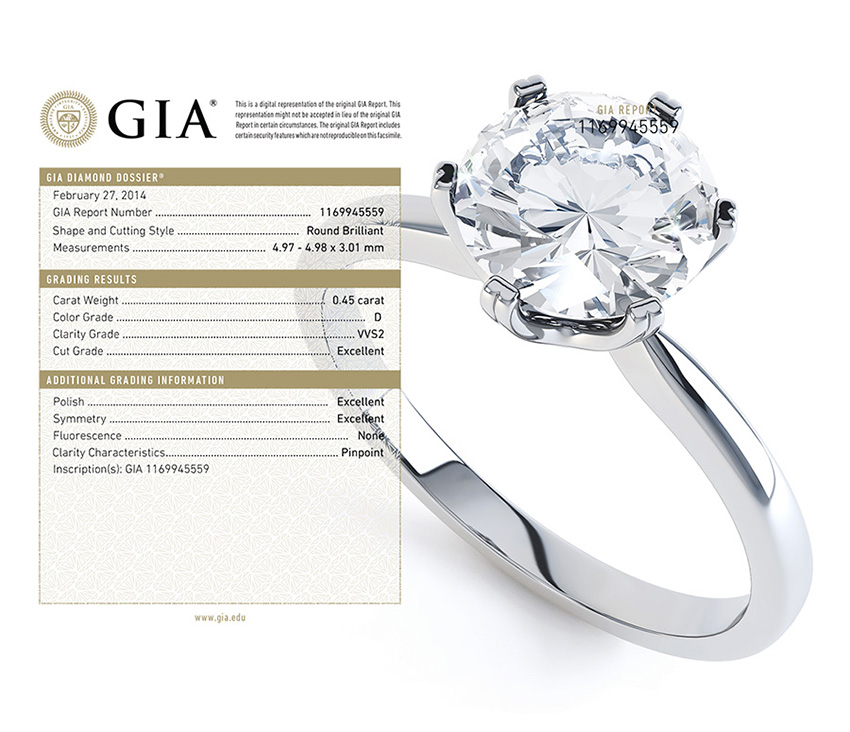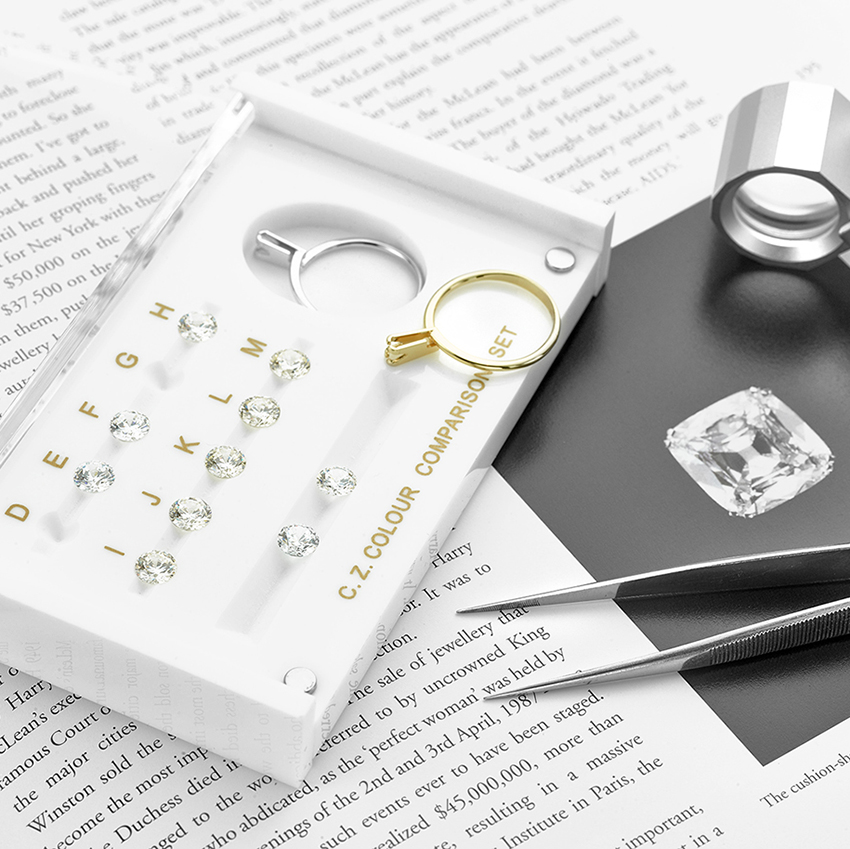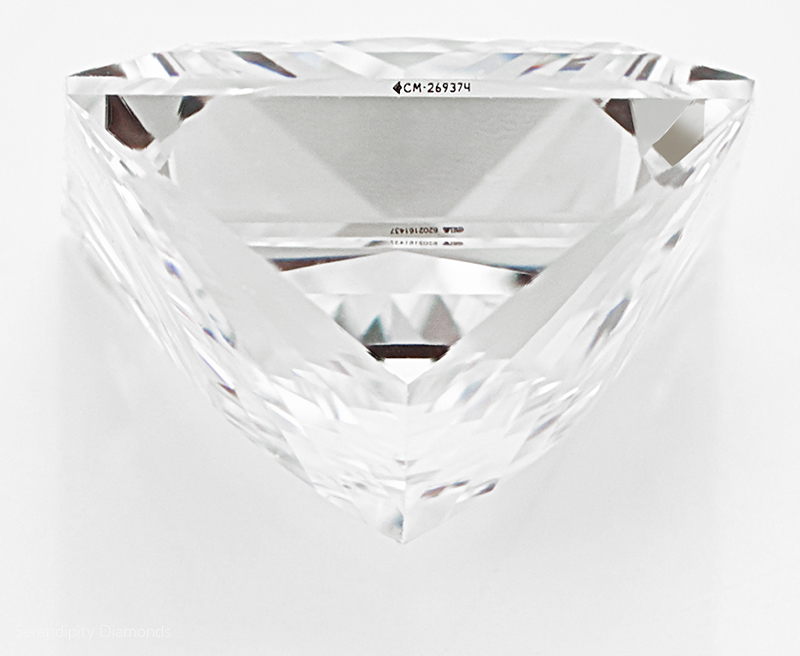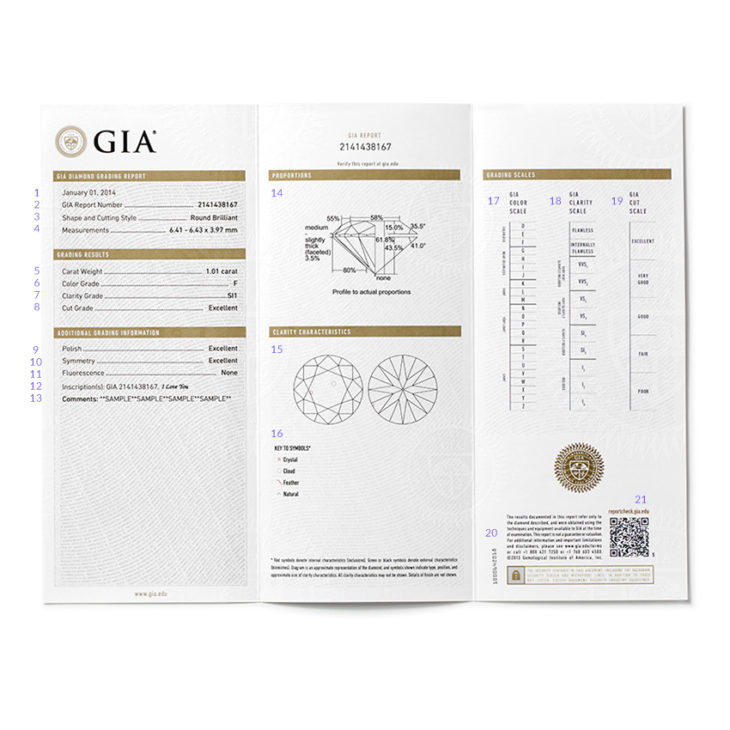What is a GIA diamond grading report?
A GIA diamond grading report gives specific information about your diamond. Understanding all of the information on your diamond certificate relating to your stone is important. The following details relate to our main image. Each section of your diamond grading report provides key information about details such as the diamond colour, clarity and carat weight.
2023 Update on GIA dossier reports.
Early this year, GIA introduced digital diamond dossiers.
“The digital GIA Diamond Dossier supports our consumer protection mission, meeting the needs of the gem and jewellery buying public we work to protect every day,”
GIA President and CEO Susan Jacques.

Please refer to our main image for the numbered positions of each of the following diamond grading report features.
1. Date
This was the date of examination when your diamond was assessed within the diamond grading laboratory.
2. Report Number
A unique number is assigned to your diamond. Registered with GIA and searchable on their online report check database.
3. Shape and Cutting Style
The outline shape of the diamond and the pattern of the facet arrangement are referred to as the cutting style. The name of the diamond shape might vary from the generic shape name provided by a retailer. E.g. Princess Cut is usually described on the GIA diamond grading report as ‘Square Modified Brilliant Cut.’
4. Measurements
The dimensions of your diamond. Listed as minimum diameter – maximum diameter x depth for round diamonds and length x width x depth for other fancy shapes of diamonds.
5. Carat Weight
Weight of your diamond in carats. One carat is the equivalent of 1/5 of a gram. Recorded to the nearest 100th of a carat.
6. Colour Grade
An indication of the whiteness of your diamond. The GIA colour scale is used universally as an expression of the level of whiteness of a diamond. Ranges from D (whitest) down to Z.

A set of colour-matched sample stones used to demonstrate diamond whiteness grades
7. Clarity Grade
The relative absence of inclusions or blemishes. Graded on a clarity scale ranging from Flawless to Included in various sub-divisions. Diamonds are graded under 10x magnification. Our video below shows an example of a Flawless diamond—considered the very best clarity grade available.
8. Diamond Cut Grade
The cut grade of a diamond takes information from the appearance, design and craftsmanship, appreciating the stone’s proportions. A grade applied runs between Excellent to Poor. The cut grade can affect the price by as much as 40%.
9. Polish
The polish of a diamond is the smoothness of the diamond’s surface, assessed on a scale ranging from Excellent to Poor.
10. Symmetry
The exactness of the diamond’s outline, shape and placement and alignment of facets, again based on a scale running from Excellent to Poor.
11. Fluorescence
Some diamonds exhibit fluorescence under Ultraviolet light. A description of ‘none’ represents a range of fluorescence from indiscernible to very faint. Strong fluorescence can result in lower prices with a noticeable ‘bluff’ appearance in certain conditions. Buyers seldom realise how fluorescence relates to the value of their diamond when viewing a GIA diamond grading report.
12. Inscription
Microscopically applied text, symbols, logos or the unique diamond grading report number applied to the girdle of the diamond.

13. Comments
Additional identifying characteristics or features may be noted here, along with any treatments that might be detected.
14 . Proportion Diagram
Graphic representation of the diamond’s proportions.
15. Plotted Diagram
Shows a visual representation of your diamond, with blemishes and clarity characteristics illustrated as symbols, explained in the key.
16. Key to Symbols
Lists the characteristics and symbols shown on the plotted diagram if present.
17. GIA Colour Scale
Shows the GIA colour scale and relative positions of each whiteness grade within the scale.
18. GIA Clarity Scale
Shows the GIA clarity scale and relative positions of each clarity grade within the scale.
19. GIA Cut Scale
Shows the GIA scale of diamond cut grades for round brilliant cut diamonds and the relative positions of each cut grade within the scale.
20. Security Features
Microprinting, security screens, watermarks, a two-dimensional barcode, a hologram and a sheet numbering safeguard report integrity and facilitate document authentication. Such strict security systems prevent fraud and tampering with GIA diamond grading reports.
21. QR Code
A two-dimensional barcode that, when scanned, verifies the data on the report against the GIA database of certified diamonds.
About Mark Johnson
My name is Mark and I'm founder at Serendipity Diamonds. I have 30 years or experience in polished diamonds and jewellery. Today, I work with an expert team in our Isle of Wight jewellery showroom located in Ryde. Most of my work involves helping clients in our showroom, working on our two websites and photographing jewellery commissions.



